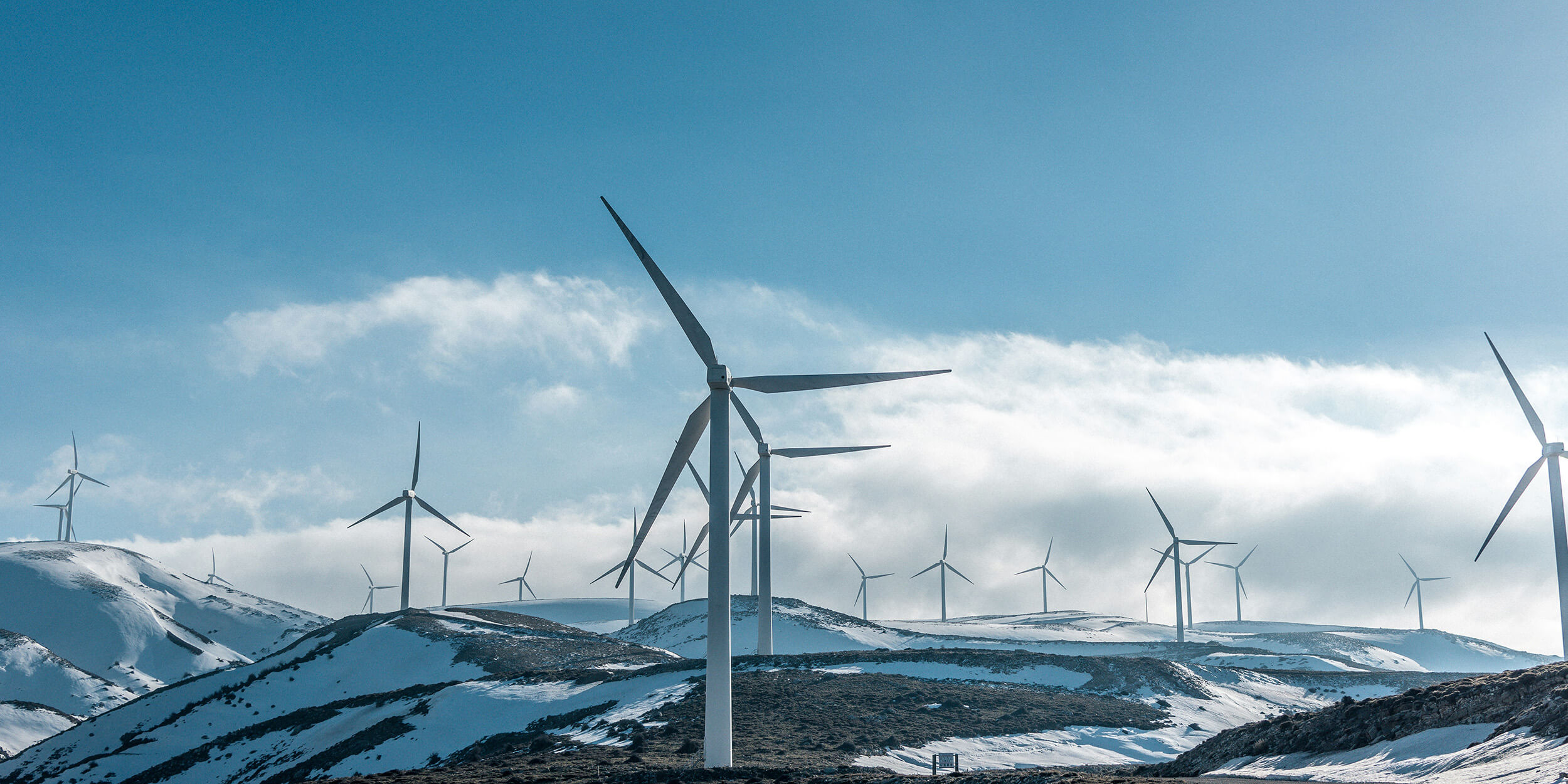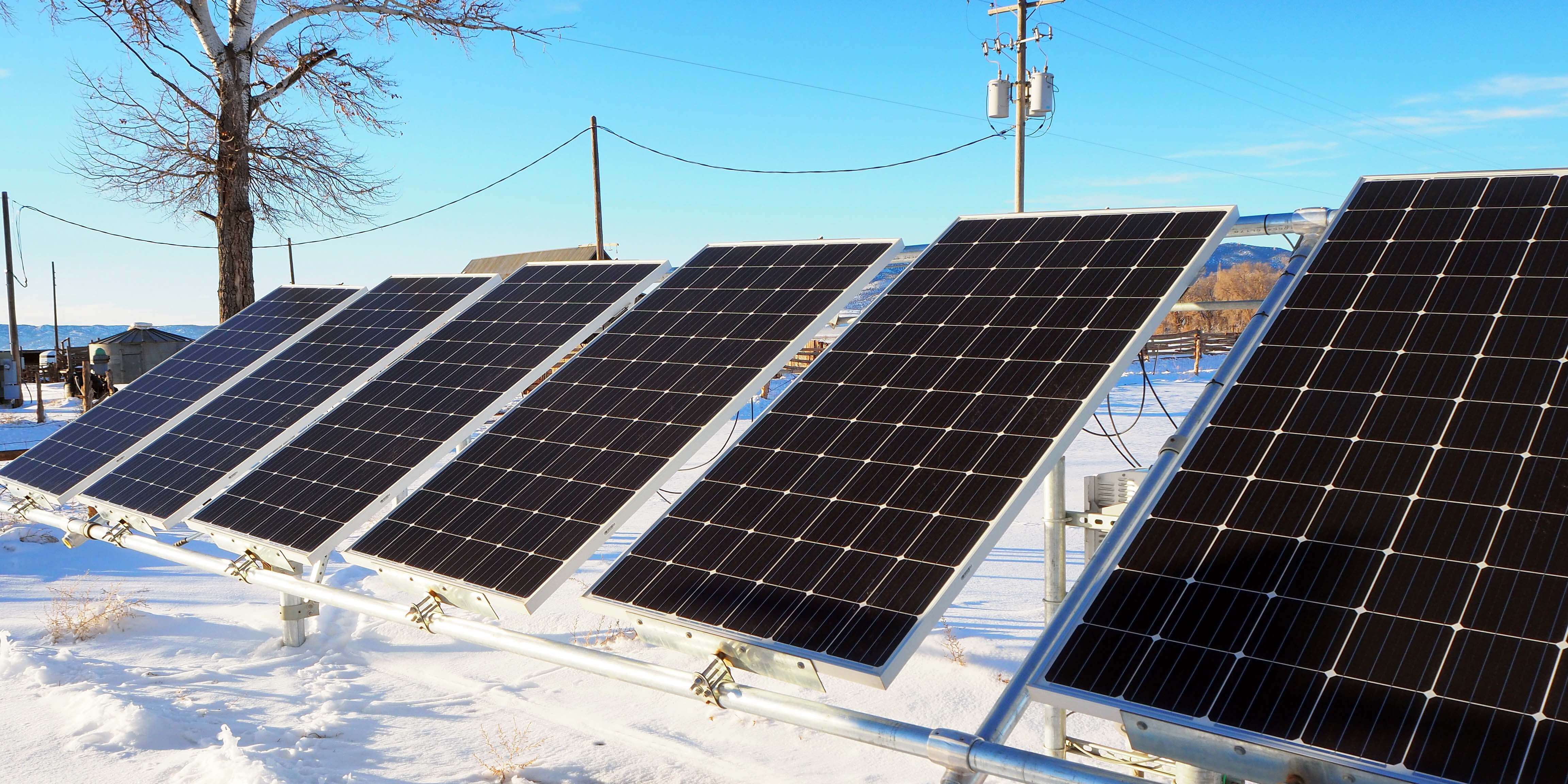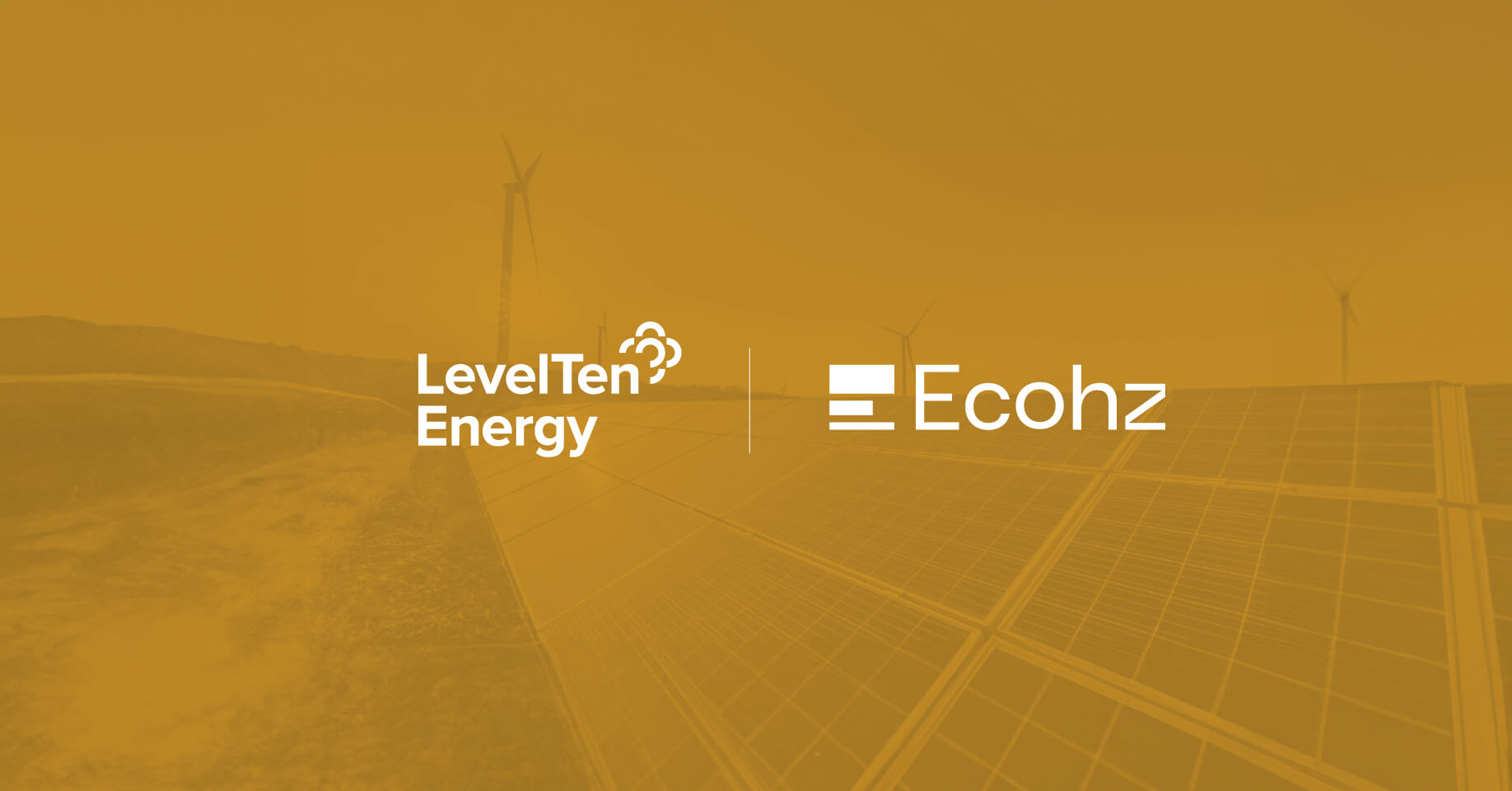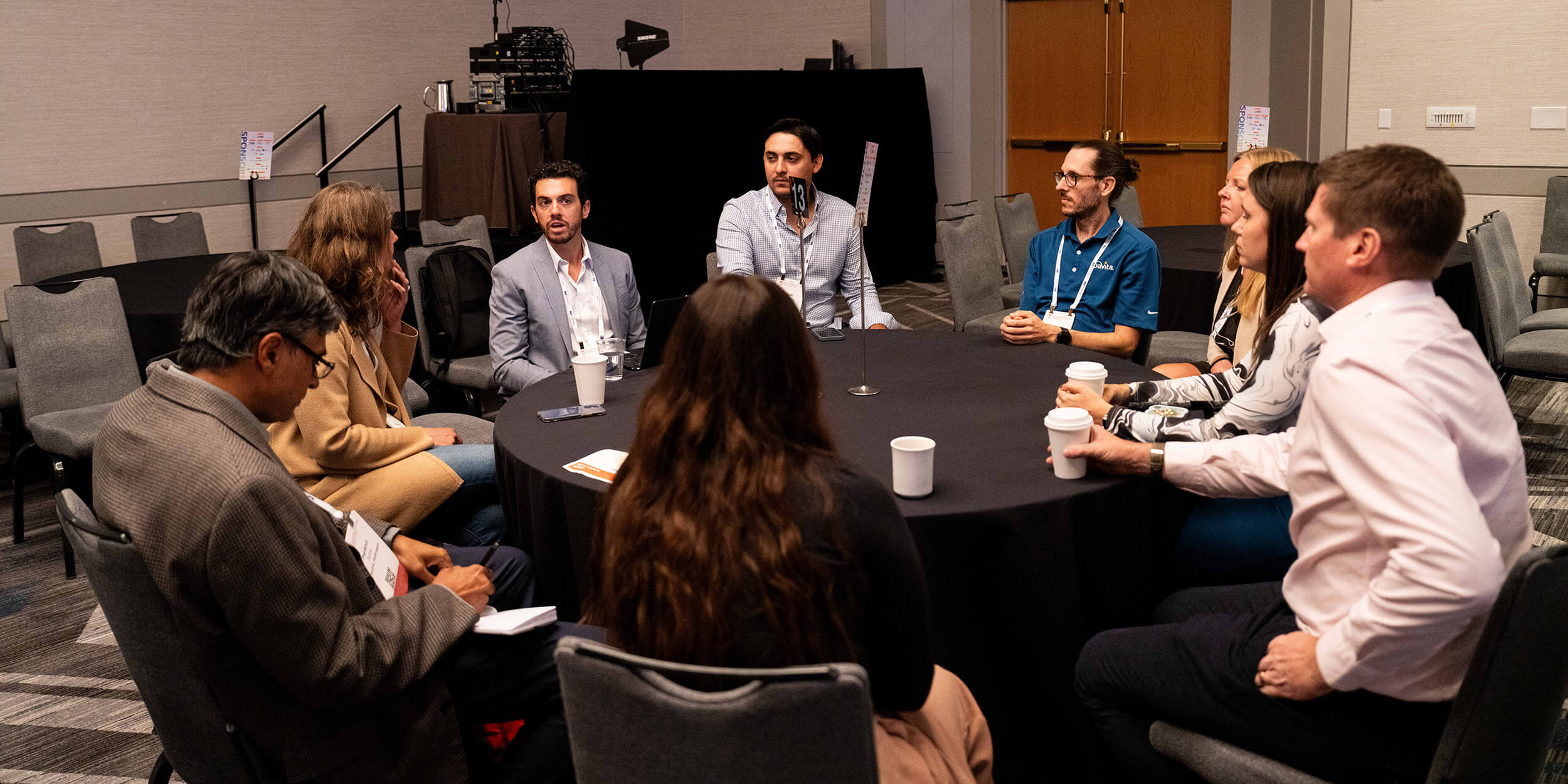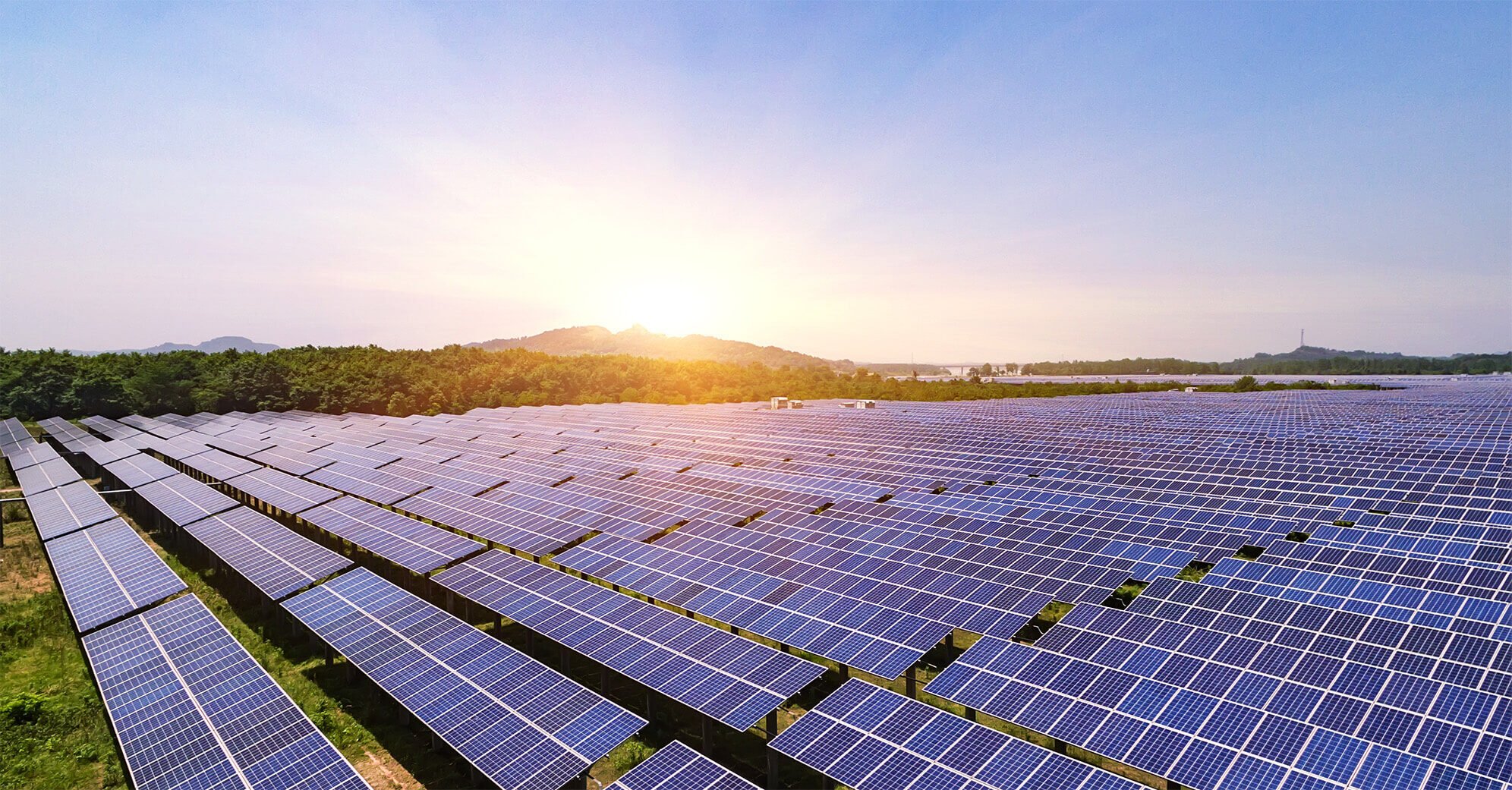Hafslund E-CO works continuously to ensure that their power production is carried out in a way that has as little impact on the environment as possible. When they construct power plants, review dams and reinvest in the existing production, they actively seek solutions that keep the impact of environmental interventions at a minimum.
Fish stocking
The company is implementing landscape and improvement measures where needed and the goal is to use such measures to reduce the impact of the power generation on the external environment. In line with public orders trout is stocked, thus raised in hatcheries and released, in a number of mountain lakes. This measure supplements existing trout population and creates good fishing lakes for the benefit of locals and visitors to Norway.
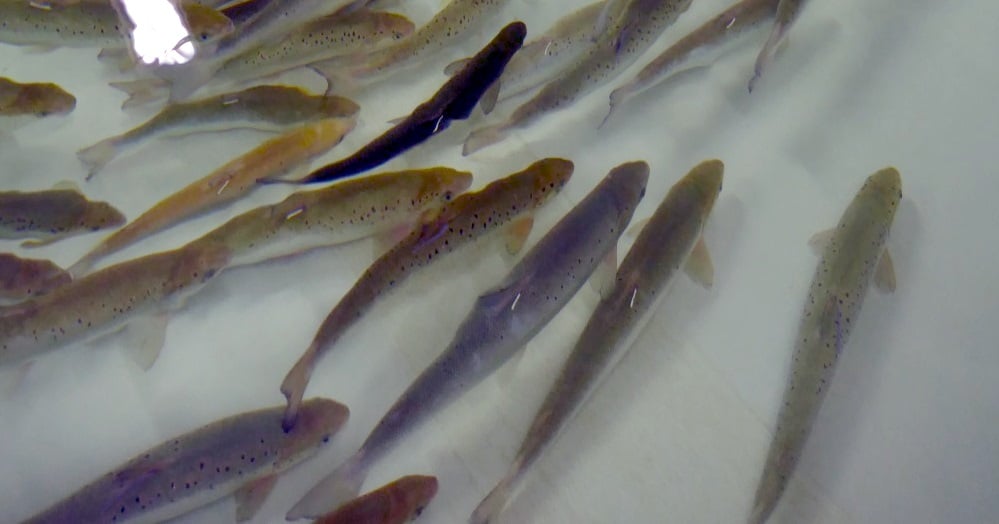
Hafslund E-CO also participates in several research projects to assess whether the measures initiated have the anticipated effect and investigates whether it is possible to improve the fish welfare through other actions, such as changing the operating schedules at the power plants.
Voluntary minimum water flow
The company’s power plant licenses are subject to minimum and maximum regulated water levels, and requirements for minimum water flow in absolute quantities that must be met at all times. In rivers where there is no requirement for minimum water flow, but where increased water flow may have a positive environmental impact, they have introduced voluntary minimum water flow requirements. This reduces energy production, but it is a loss Hafslund E-CO is happy to accept if it produces a positive environmental impact.
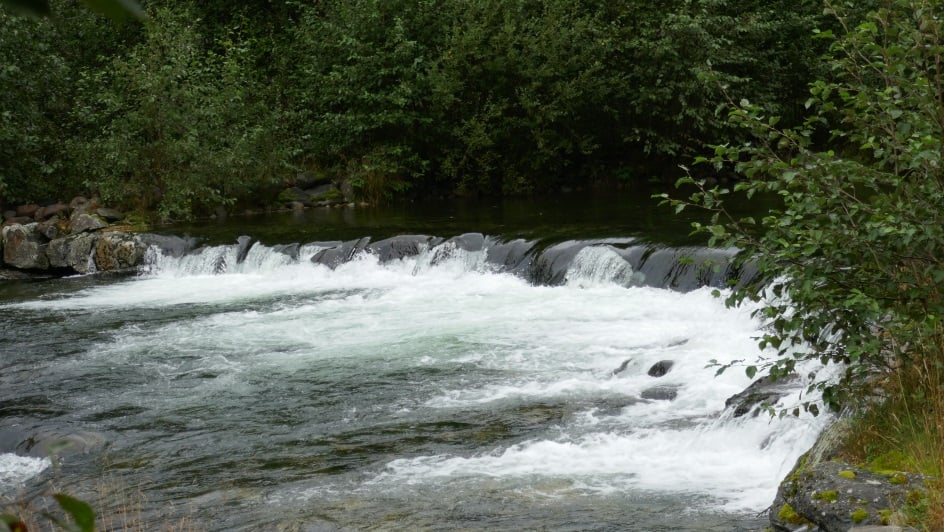
Prevents flooding
Regulating watercourses also has positive environmental effects beyond the production of clean energy. During flood periods, Hafslund E-CO has, on several occasions, been able to contribute to reducing the amount of water in rivers and watercourses, thereby averting flooding and damage to property and the environment.
“If Hafslund E-CO’s emission-free hydropower production of 14.3 TWh in 2018 were to be replaced by gas power, this would correspond to an emissions increase of 5.2 million tonnes of CO2 – the same as almost two million cars emit in a year.”
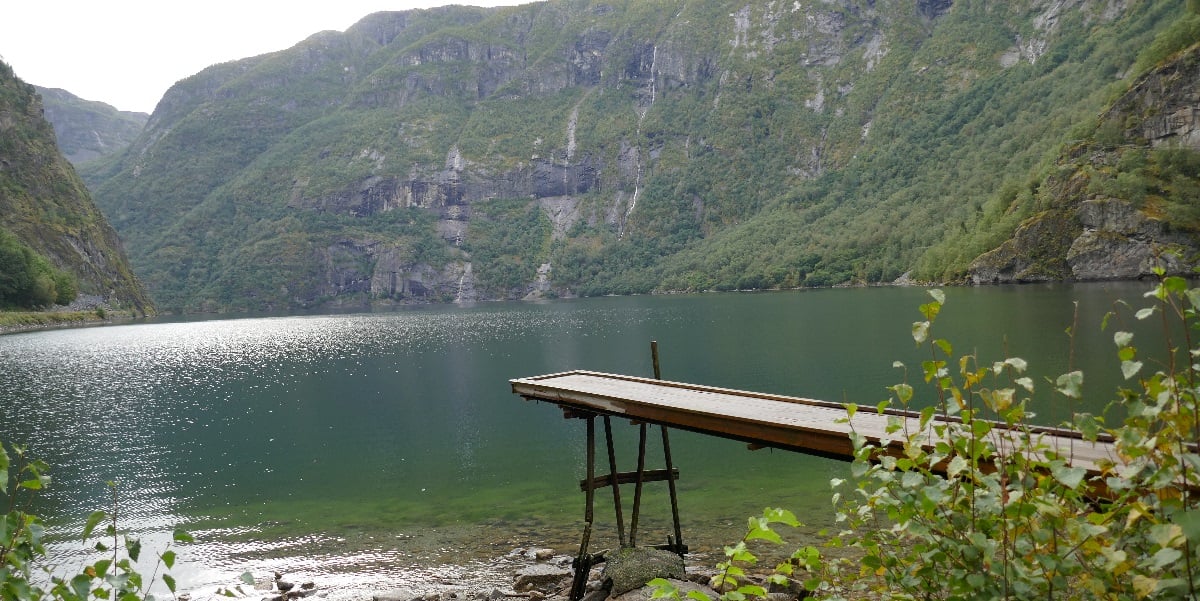

.png?width=3840&height=2560&name=Sun(1).png)

.png?width=3840&height=2560&name=Landscape_2(1).png)
